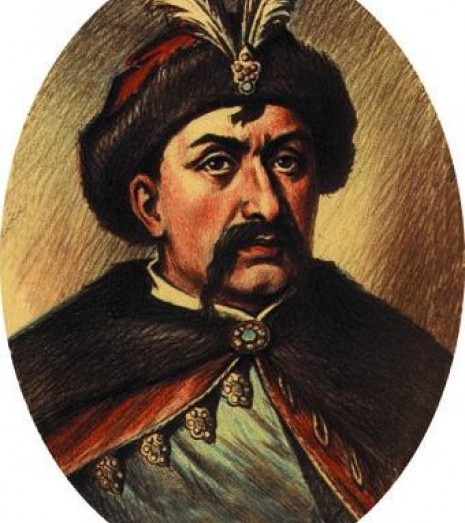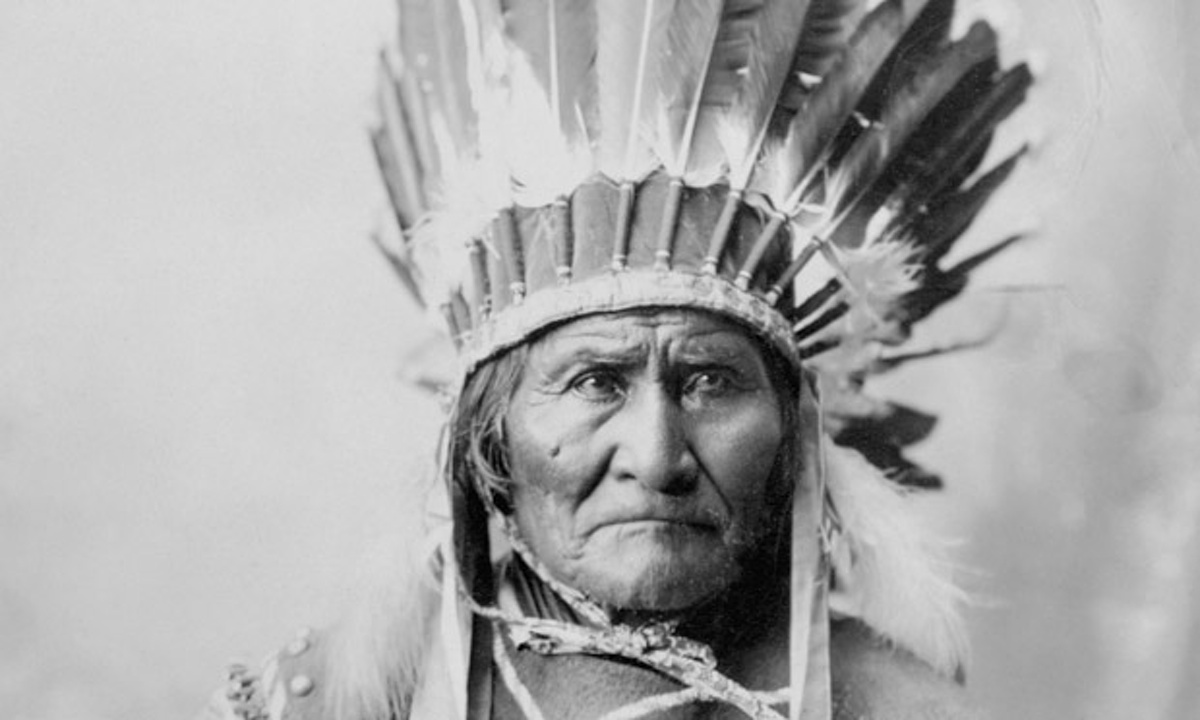Here's my take on the ultimate Tall-Loyalty Civ:
Quebec/French Canada
Civilization Ability: Resistance to Assimilation
Loyalty pressure from Population doubled. Applies to every city founded by the civilization even after conquest from foreign civilizations.
Unique Units: Patriote (Roughly equivalent to Redcoats and Garde Imperiale)
Appears as rebels in a group of six around the City Center near low-Amenities or low-Loyalty cities, currently or previously owned by the civilization.
Unlike actual rebels, these units are entirely under the Civilization's control.
Unique Building: Hydro Plant
Replaces Power Plant in the Industrial Zone. Gives +1 Production per River tile worked and Gold equivalent to all Production produced from the district.
Leader A: Jean Talon
Leader Ability: Colonial Reforms
Governors double Population growth instead of improving Loyalty. All outputs from Governors doubled.
Leader B: Jean Lesage
Leader Ability: Quiet Revolution
When the civilization enters a Heroic era, it receives an inspiration for every civic of the era and the eras before it.
A French-Canadian civ would provide an excellent opportunity to explore that side of Canadian history, which isn't often put on the spotlight as much as the English-speaking side of our history, despite it being richer as French Canadians have a longer history. If "British Empire" is represented through Victoria, Redcoats and Royal Navy Dockyard, what really needs to happen is exploring First Nations and French-Canadian side through the Cree and Quebec/French Canada. This also allows representation of French Canada without upsetting Quebec separatists who refuse to see Quebec appearing under the Canadian banner.
Civilization Ability: Resistance to Assimilation
Refers to the French-Canadian struggle to preserve their culture, first against the British 13 Colonies facing the Atlantic, then some 2 centuries of British/English-Canadian assimilation policies/confrontation, and finally the ongoing efforts to preserve the French language incarnated by modern Quebec nationalism (a recent example of this, as of November 2018, is the outrage from Quebec province when Ontario shut down a Francophone university)
Unique Unit: Patriote
Meant to be the archnemesis to English Redcoats, who will likely fight enemies far away with the Continent bonus, and Patriotes keep popping up on said faraway lands and throw an organized rebellion all the time
Directly refers to the Rebellion of 1838, and indirectly refers to a later armed struggle incited by a French Canadian-First Nations mixed leader Louis Riel, known as the Northwest Rebellion of 1885, one Poundmaker was involved in. The Rebellion of 1838 was an attempt at Canadian independence and self-governance after decades of the sour relationship between the Empire and its subjugated people and is an important icon for both Canadian identity and Quebec separatist movement. Unfortunately, this Rebellion failed unlike the American war of independence when Redcoats with the Continent bonus showed up.
The Northwest Rebellion was often thought to be the front line of Anglophone/Francophone competition for dominance over Western Canada. French Empire was more lenient to marriages of whites and indigenous peoples, as a result, the Metis (white and First Nations mixed) proportion is far higher in the Francophone community than the Anglophone counterpart. The leader of the NW Rebellion, Louis Riel, was one of them. He was able to persuade a French-speaking Catholic Metis/First Nations people to take arms against the ever-growing Anglophone presence, as a solution to the government's perceived ignorance of the population in the Prairies. He organized two rebellions and was captured alive in the later one. Francophones still perceive the trial and execution of Louis Riel as an unjust treatment from the Anglophone community/British Empire to this very day. (November 16th marks the 133rd anniversary of his hanging)
Leader A: Jean Talon (Colonial Reforms)
This leader transformed New France from a mere trading post for fur trade into a colony that tries to be more like France. His political career is known for increasing the colony's population by convincing the Carignan-Salieres expedition regiment to settle down in the colony, receiving "filles du Roy" (daughters of the king) to have them married off in an overwhelmingly male colony, promoting expansion and growth in more than one way. The leader ability is also an allusion to the later practice (1760s-1950s) of having
8 children per family on average to resist British assimilation policies to make them lose their French-Canadian identity. It was a devastating experience for the parents, but it truly is impressive that they did this for 2 centuries!
Leader B: Jean Lesage (Quiet Revolution)
This leader transformed the deeply religious Quebec into the land of sinners where Catholic terminology has been degraded into swear words; in a highly celebrated way, as he successfully defied the powers of the corrupt Catholic church in charge of province's politics, education, health, and every detail of the average Québécois' lifestyle. He led the province's secularisation venture known as the
Révolution Tranquille, which would be Quiet Revolution in English. It is said that Quebec successfully achieved in 20 years what other advanced nations took 100 years to become. As such, Jean Lesage is usually admired as the father of modern Quebec. It is also in this time period that old-fashioned French-Canadian nationalism had been replaced by a more integral Quebec nationalism, which has a federalist and a separatist interpretation.
Unique Building: Hydro Plant
I miss this building from Civ5 and a Quebec civ is an excellent opportunity for this building's comeback. A very important move Lesage pulled off was to nationalize Quebec's electricity generation by creating a Hydro-Quebec instead of relying on previous inefficient companies. Hydro-Quebec allowed the province to pay for expenses the secularization venture needed. As such, they symbolize more than renewable and cleaner energy: it represents Quebec's new future through modernization and industrialization.




 for each adjacent Manufactory Improvement.
for each adjacent Manufactory Improvement.  , 60
, 60 
 move, 1 Range
move, 1 Range
 food, +1
food, +1  science,
science,  culture, and
culture, and  faith for its city.
faith for its city. 
